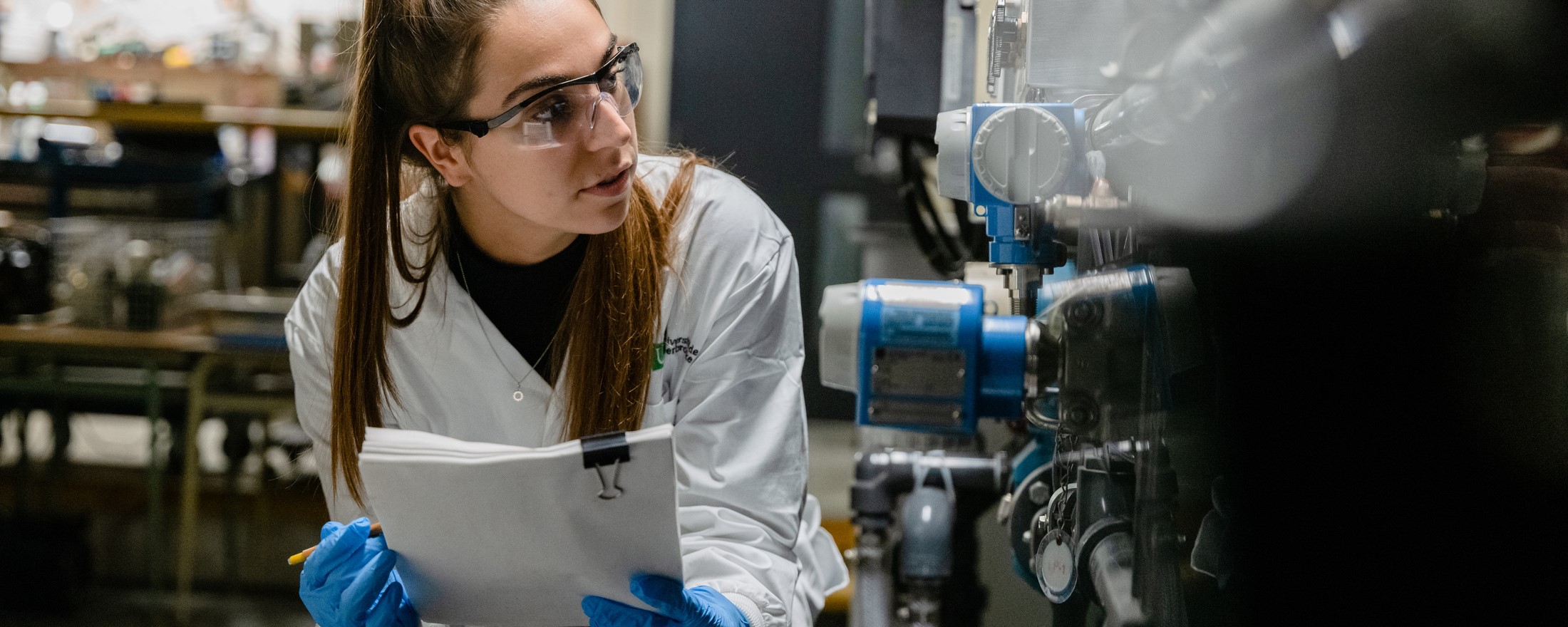High-efficency ethanol production through sacharification and fermentation of forestry residues
Overview
- RESEARCH DIRECTION
- Jean-Michel Lavoie, Professeur - Department of Chemical and Biotechnological Engineering
- ADMINISTRATIVE UNIT(S)
-
Faculté de génie
Département de génie chimique et de génie biotechnologique
- LEVEL(S)
-
2e cycle
3e cycle
Stage postdoctoral - LOCATION(S)
-
Université de Sherbrooke
P3
Project Description
Most of the industrialized countries, including Canada, have taken serious engagements toward Green House Gases (GHG) reduction which is targeted to reach 37,5% below 1990 by 2030 at provincial level. Taking into consideration the vast Canadian territory combined with a population highly condensed in large cities, utilization of liquid fuels will remain essential outside metropolitan areas. This needs to be carefully considered, despite the increasing electric car market which can only partially insure the Canadian lifestyle requirements. Hence, if the actual GHG reduction targets are to be maintained, biofuels remain essential in the Canadian landscape. In order to cope with the constantly increasing liquid fuels (and by association biofuels) demand, this project aims to support an industrial initiative targeting the conversion through direct biomass saccharification and subsequent fermentation of forest residues such as bark, sawdust and wood chips into second generation ethanol. In addition, the main process by-product, lignin, will be considered for the production of third generation highly energetic pellets. In order to achieve this innovative industrial initiative, the impact of biomass saccharification on the ethanol production through the co-production of fermentation inhibitors will be assessed in the initial stages of the project, followed by an advanced process optimization strategy to maximize the ethanol yields. Furthermore, a conversion from batch to fed-batch or even continuous operation modes will be explored, followed by a subsequent process scale-up from 7 L bioreactors to 100 L and finally 600 L, with the potential of processing 100 000 L of lignocellulosic sugar streams/year. This will provide a smooth transition from bench- to pilot- and preindustrial-scale application.
Discipline(s) by sector
Sciences naturelles et génie
Génie chimique
Funding offered
Yes
Partner(s)
Resolve Energie Inc.
Lien complémentaire
The last update was on 13 March 2024. The University reserves the right to modify its projects without notice.
